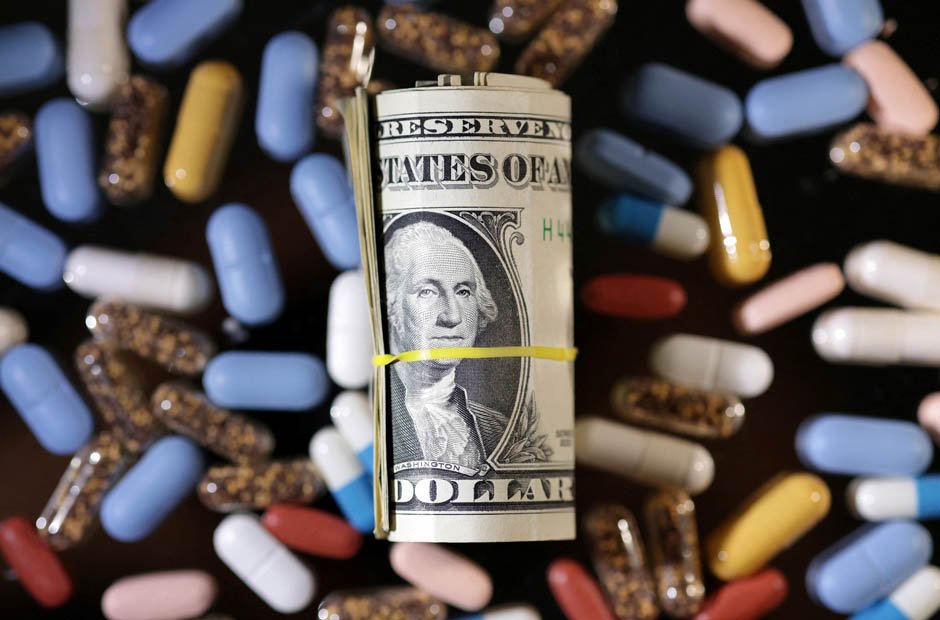Key Takeaways
- Prescription drug costs often stretch budgets thin, but plentiful alternatives can help ease that burden for patients and their families.
- A combination of government programs, manufacturer assistance, discount cards, and community resources can meaningfully reduce what you pay at the pharmacy.
- Maximizing savings depends on regularly researching and comparing options, as policies and program eligibility often change.
- Proactive communication with healthcare providers and local support organizations is essential for unlocking every available savings opportunity.
Rising Prescription Costs: A National Challenge
Many Americans struggle with the high cost of prescription medications, with about 30% of adults reporting they don’t take their medications as prescribed due to these costs. This problem affects both the insured and uninsured, with prices rising faster than inflation, making it challenging for patients, particularly those on fixed incomes or with chronic conditions. Skipping doses to save money can lead to serious health issues and more expensive treatments in the future.
While pharmacies are the first stop for most people, the road to real savings may require stepping off the beaten path. Prescription savings solutions, such as BuzzRx have emerged to bridge this affordability gap. Designed for individuals regardless of their insurance status, these programs utilize a combination of partnerships and negotiated discounts to alleviate some of the financial pressure. With offerings that span branded and generic medications, these discounted rates can be an economic lifeline, especially when combined with other available resources.
Insurance Coverage Has Its Gaps
Health insurance is crucial, but it’s not a one-size-fits-all answer. Even those with solid plans may encounter roadblocks, such as restrictive formularies, step therapy requirements, or tiered copay structures, which can significantly increase out-of-pocket expenses beyond expectations. Coverage can shift suddenly from one year to the next, and sometimes the medications a patient relies on are excluded without warning. Specialty medications for rare conditions or new treatments are often among the most expensive and least likely to be fully covered by insurance. Facing these barriers, more people are supplementing their benefits—and sometimes bypassing them altogether—by seeking out-of-plan discounts and manufacturer deals, which can save them hundreds of dollars each month.
Prescription Discount Cards: Savings for Everyone
Discount cards have become a widely used tool to lower medication costs. Easy to access and free to use, they can be found online, through healthcarpharmacist’s, and often right at the pharmacist’s counter. These cards connect patients to pre-negotiated prices for thousands of medications at participating pharmacies, eliminating the need to ask questions about insurance coverage or income. Using these programs can sometimes secure a lower cost than insurance copays, particularly for generic drugs. It’s wise to compare several discount card offers, as programs may offer different discounts on various medications, and not all cards are accepted everywhere. Before filling a script, a quick phone call to the pharmacy to check coverage and price can yield big surprises and big savings.
Community Clinics and Local Health Assistance
For those who are uninsured, underinsured, or suddenly facing financial hardship, local and community organizations can be essential. Many nonprofits and community clinics provide no- or low-cost prescriptions for qualifying patients, often funded by donations or grants. Additionally, many cities and counties offer government-backed programs for residents who fall between the cracks. Senior citizens, in particular, can benefit from targeted local support and referral services. AARP’s practical guidance on accessing these services, including its overview of medication cost assistance, is packed with up-to-date resources. Community social workers and patient navigators can also be valuable advocates in identifying these opportunities, particularly during changes in income or insurance status.
Pharmaceutical Manufacturer Patient Assistance Programs (PAPs)
Drug manufacturers, particularly those producing high-cost brand-name medications, often offer assistance programs for individuals who cannot afford their prescriptions. Application processes can be detailed—typically, you’ll need to show proof of income, a current prescription, and sometimes information about your insurance coverage or lack thereof. Healthcare providers often play an active role in this process, assisting patients in completing paperwork and submitting applications. The medication is either sent directly to the patient or their provider’s office, usually for a period of up to a year before requalification is required. If you rely on a brand-name medication, taking the time to explore these industry-funded programs can be transformative. Some patients have received thousands of dollars’ worth of medication at no cost.
The Role of Mail-Order and Online Pharmacies
Digital convenience isn’t just about shopping. For prescriptions, mail-order and certified online pharmacies can drive major cost reduction, especially for those on long-term therapies. These outlets often waive or reduce dispensing fees and offer better bulk prices for 90-day supplies, allowing patients to stock their medicine cabinets while keeping their bills manageable. For people in rural areas or with mobility challenges, mail delivery is more than convenient—it is essential for medication adherence. When choosing an online pharmacy, always check for national certification such as VIPPS and verify the legitimacy of the business to steer clear of counterfeit drugs and scams.
Steps To Finding Affordable Medication Options
- Start every new prescription discussion by asking your doctor or pharmacist if a generic alternative is available.
- Compare cash and insurance prices at big chains, independent pharmacies, and mail-order outlets.
- Obtain multiple discount cards and compare which gives you the lowest price for your specific drug at different pharmacies.
- Research pharmaceutical manufacturer websites and application portals for patient assistance programs—it’s worth asking your provider to help with the application process.
- Contact your local health department, clinic, or a nonprofit organization for assistance in identifying local and regional programs.
- Check eligibility for state-run or federal initiatives tailored for specific groups, such as Medicaid, Medicare Extra Help, or programs aimed at families, seniors, or people with chronic illnesses.
Why Advocacy and Persistence Pay Off
To effectively utilize available options for medication affordability, persistence and advocacy are key. It may require multiple calls or applications, but the outcomes can vastly reduce costs, such as families halving their medication expenses through manufacturer support and discount cards. Continuously checking for new assistance programs, even post-enrollment, is crucial. Seek assistance from healthcare teams who can aid in navigating the processes and uncovering lesser-known programs. With the right information, commitment, and resources, accessing affordable medications is achievable for all patients in need.


